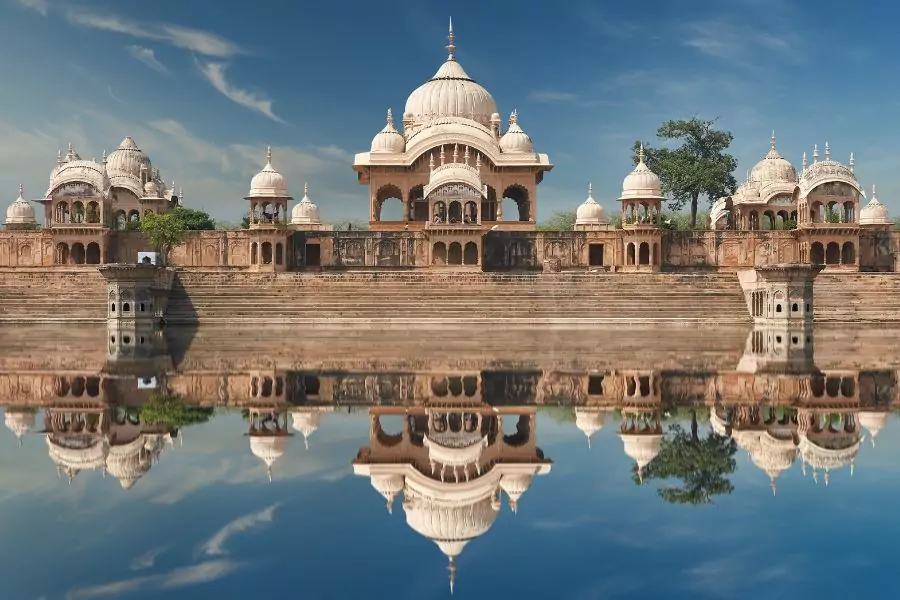Tourist places in South India

South India, a treasure trove of culture, history, and natural beauty, is a paradise for travelers seeking diverse experiences. From tranquil backwaters and serene beaches to bustling cities and ancient temples, this region offers a rich tapestry of attractions. Exploring South India provides a deep dive into its unique traditions, vibrant festivals, and delectable cuisine, making it a must-visit destination for any travel enthusiast.
Best Tourist places in South India
The allure of South India lies in its varied landscapes and cultural richness. Each state within this region boasts distinct attractions that cater to all kinds of travelers. Whether you seek a peaceful retreat in nature, a cultural exploration, or an urban adventure, South India has it all.
Kerala: God’s Own Country
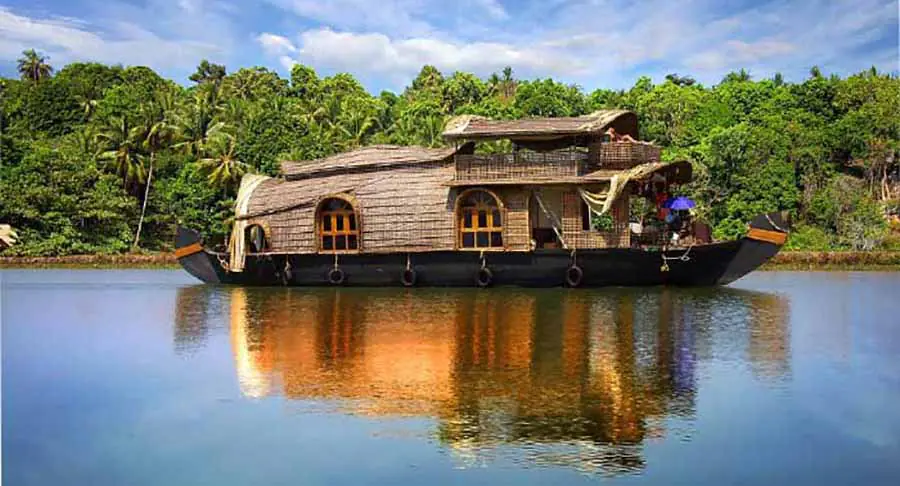
Kerala, often referred to as “God’s Own Country,” is renowned for its lush green landscapes, backwaters, and Ayurvedic wellness retreats. This coastal state is a haven for nature lovers and those seeking rejuvenation.
Backwaters of Alleppey

A quintessential Kerala experience, the backwaters of Alleppey form a network of serene canals, rivers, and lakes. Cruising on a traditional houseboat allows you to witness the picturesque villages, lush paddy fields, and coconut groves that line the waterways. The tranquility of the backwaters offers an unforgettable experience, providing a unique perspective of rural life in Kerala.
Munnar: The Tea Haven

Munnar, a hill station in Kerala, is famous for its expansive tea plantations, rolling hills, and cool climate. The verdant landscape dotted with tea estates, waterfalls, and exotic wildlife makes Munnar a popular destination for nature enthusiasts and trekkers. The aroma of fresh tea leaves and the scenic beauty of the Western Ghats provide a refreshing escape from city life.
Wayanad: The Land of Paddy Fields

Wayanad, known for its lush forests and sprawling paddy fields, attracts adventure seekers and nature lovers. This region offers a mix of scenic beauty and cultural heritage, with attractions such as the Edakkal Caves, Soochipara Waterfalls, and the Wayanad Wildlife Sanctuary. Trekking through its dense forests and exploring its ancient caves makes for an exhilarating experience.
Tamil Nadu: The Cultural Hub

Tamil Nadu, with its rich history and cultural heritage, captivates with its ancient temples, vibrant festivals, and classical art forms. It is a destination where tradition meets modernity, offering a glimpse into India’s diverse cultural fabric.
Chennai: The Gateway to South India

Chennai, the capital of Tamil Nadu, is a bustling metropolis serving as a cultural and economic hub. Known for its historic landmarks, vibrant arts scene, and delicious cuisine, Chennai blends tradition and modernity. Marina Beach, Kapaleeshwarar Temple, and Fort St. George are must-visit attractions in this lively city.
Mahabalipuram: The Ancient Marvel

Mahabalipuram, a UNESCO World Heritage site, is famous for its ancient rock-cut temples and sculptures. The Shore Temple, Pancha Rathas, and Arjuna’s Penance exemplify Dravidian architecture and artistry. This coastal town showcases the architectural prowess of the Pallava dynasty, making it a must-visit for history and art enthusiasts.
Kanyakumari: The Southern Tip

Kanyakumari, located at the southernmost tip of India, is known for its stunning sunrises and sunsets over the Indian Ocean. The confluence of the Arabian Sea, Bay of Bengal, and Indian Ocean makes this coastal town unique. The Vivekananda Rock Memorial, Thiruvalluvar Statue, and the Kanyakumari Temple offer spiritual and scenic experiences.
Pondicherry: A French Colonial Gem

Pondicherry, or Puducherry, is a charming coastal town that retains a distinct French colonial ambiance. The French Quarter, with its tree-lined streets, mustard-colored colonial villas, and chic boutiques, offers a European feel. The beaches, Auroville, and the Sri Aurobindo Ashram highlight Pondicherry as a unique and tranquil retreat.
Karnataka: The Land of Diverse Landscapes
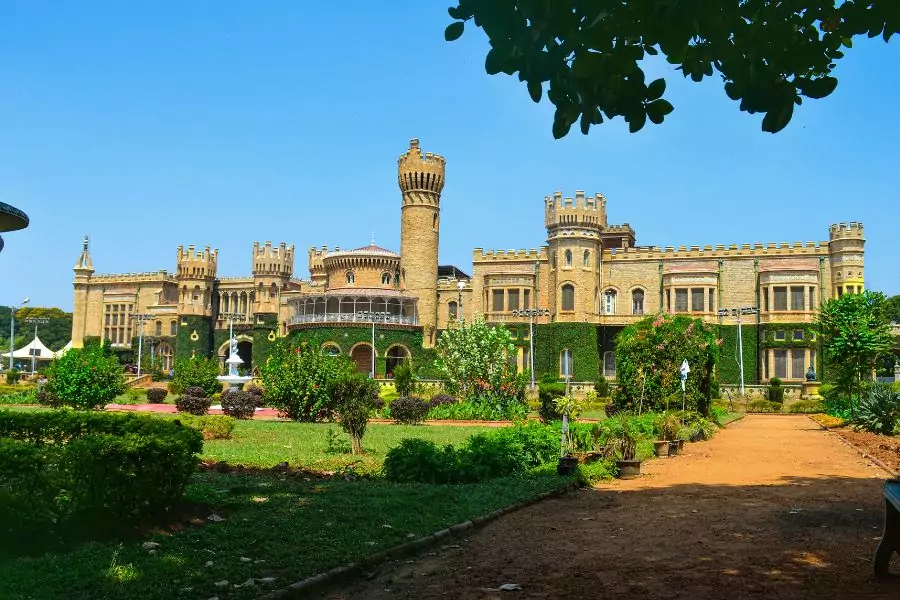
Karnataka, a state with diverse landscapes ranging from serene beaches to lush forests and vibrant cities, offers a plethora of attractions for travelers. It is a land of rich cultural heritage and natural beauty.
Bangalore: The Silicon Valley of India
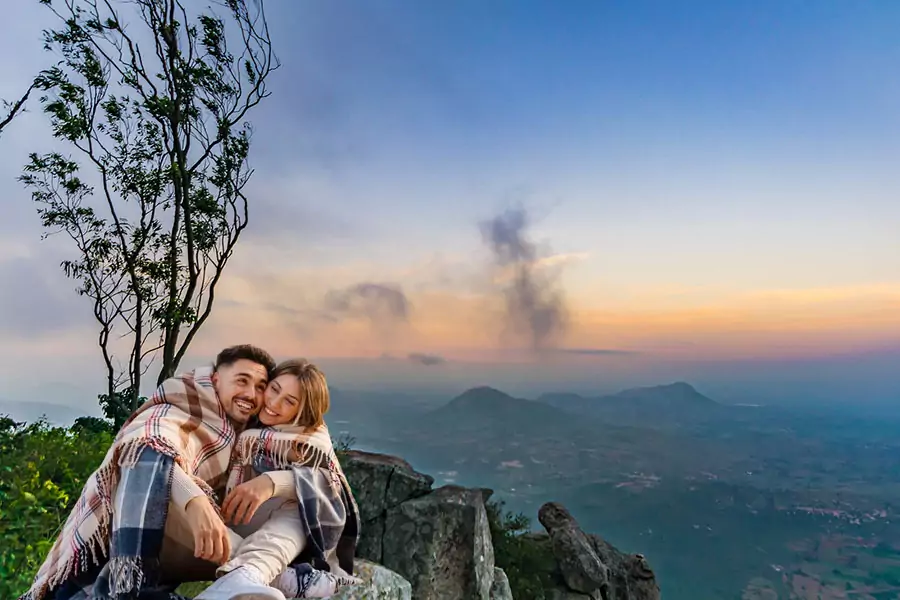
Bangalore, the capital city of Karnataka, is known for its pleasant climate, vibrant nightlife, and booming tech industry. Lalbagh Botanical Garden, Bangalore Palace, and Cubbon Park are key attractions. The city also boasts a burgeoning food scene, with a mix of traditional South Indian and global cuisines.
Mysore: The City of Palaces

Mysore, famous for its royal heritage and grand palaces, is a cultural jewel in Karnataka. The Mysore Palace, with its stunning architecture and opulent interiors, is a highlight. The city also celebrates its Dussehra festival with great pomp and show. Chamundi Hill, Brindavan Gardens, and St. Philomena’s Church are other notable attractions.
Hampi: The Ruins of Vijayanagara

Hampi, a UNESCO World Heritage site, is an ancient village with ruins dating back to the Vijayanagara Empire. The majestic Virupaksha Temple, Vittala Temple with its iconic stone chariot, and the Hampi Bazaar reflect a bygone era. The surreal landscape dotted with boulders and ancient structures makes Hampi fascinating for history buffs and explorers.
Coorg: The Scotland of India

Coorg, or Kodagu, is a hill station known for its coffee plantations, misty hills, and lush forests. It is often referred to as the “Scotland of India” due to its picturesque landscape. Abbey Falls, Raja’s Seat, and Dubare Elephant Camp are popular attractions. The region is also known for its unique Kodava culture and cuisine.
Andhra Pradesh: The Land of Temples and Beaches
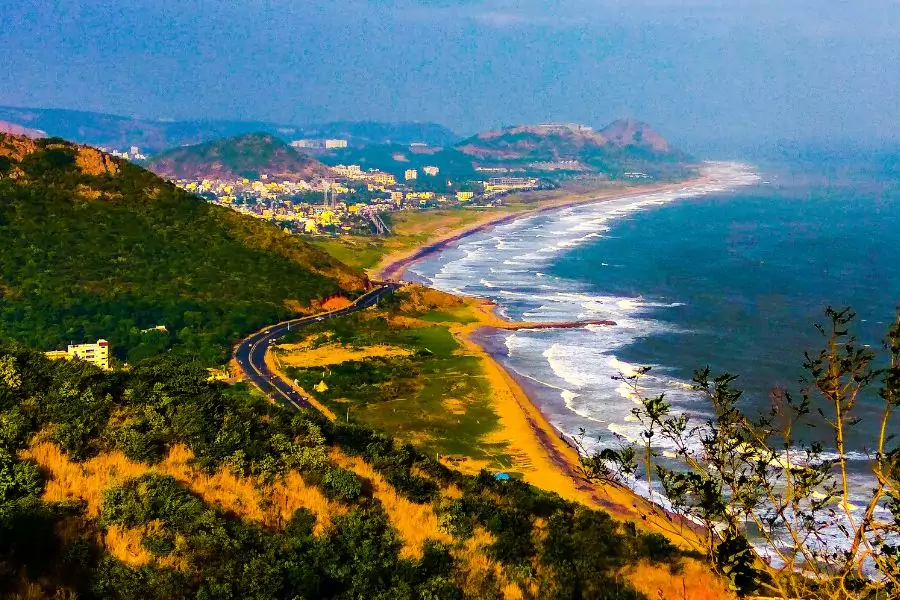
Andhra Pradesh, with its rich history, stunning temples, and beautiful beaches, offers a diverse array of attractions. It is a state where ancient traditions blend seamlessly with modern developments.
Visakhapatnam: The Jewel of the East Coast
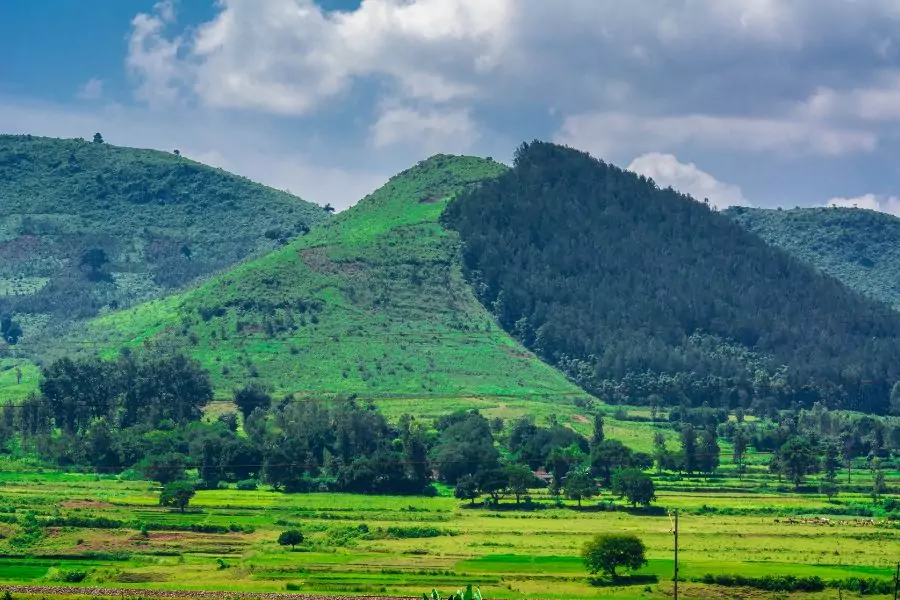
Visakhapatnam, or Vizag, is a coastal city known for its scenic beaches, lush green hills, and vibrant industrial sector. The RK Beach, Kailasagiri Hill Park, and the Submarine Museum are key attractions. The city also serves as a gateway to the Araku Valley, a picturesque hill station known for its coffee plantations and tribal culture.
Tirupati: The Spiritual Capital
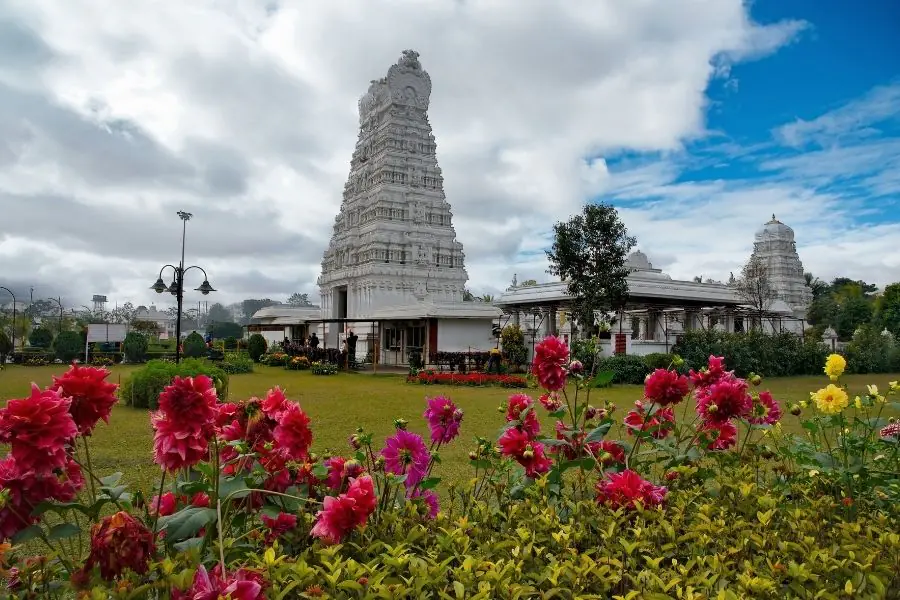
Tirupati, home to the famous Venkateswara Temple, is a major pilgrimage destination in India. The temple, located on the Tirumala hills, attracts millions of devotees annually. The spiritual ambiance, coupled with the natural beauty of the surrounding hills, makes Tirupati unique and sacred.
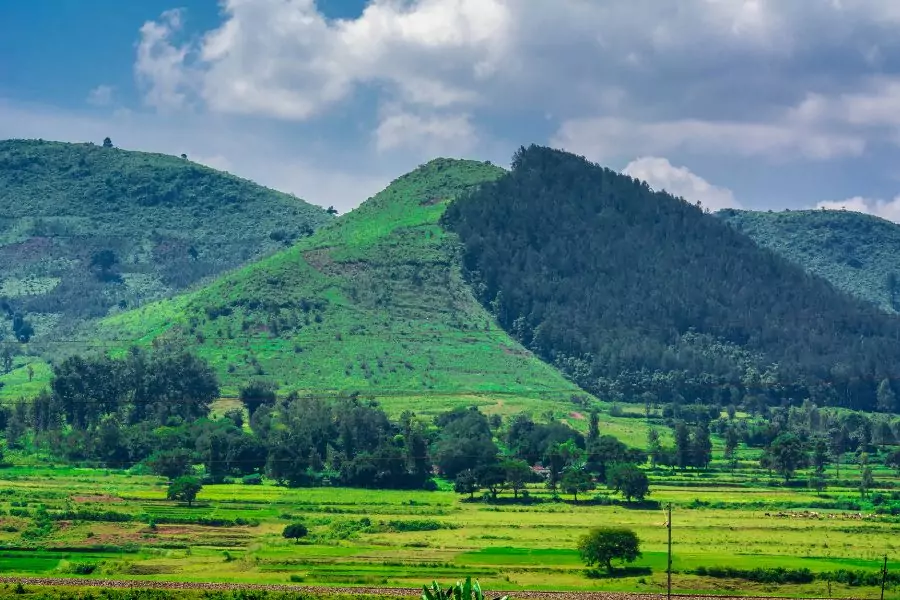
Araku Valley, a lesser-known gem, is a picturesque hill station in Andhra Pradesh. Known for its coffee plantations, tribal culture, and scenic beauty, it is ideal for nature lovers and adventure seekers. The Borra Caves, with their stunning stalactite and stalagmite formations, are a major attraction in the region.
Telangana: The New Age State
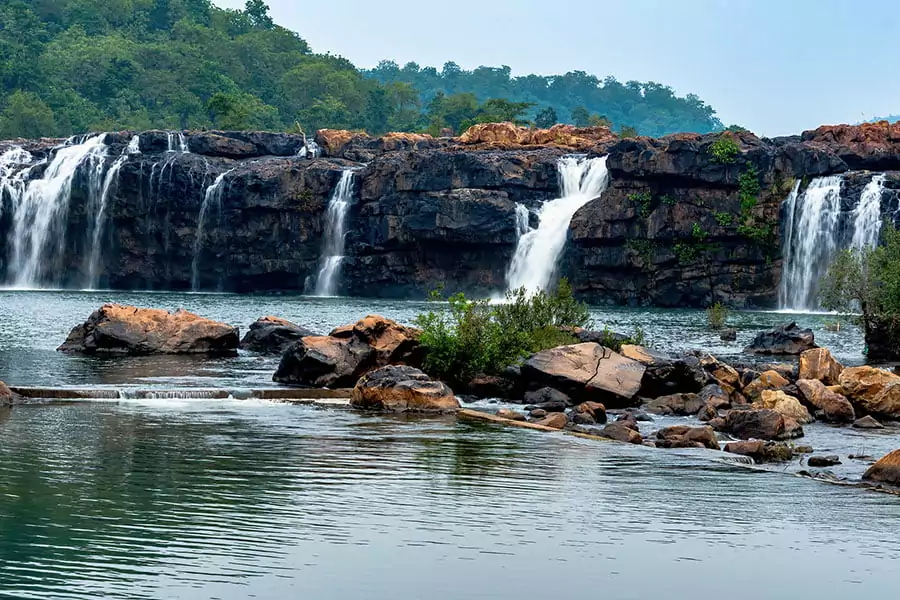
Telangana, the newest state in India, boasts a rich cultural heritage and rapidly developing urban centers. It is a region where history and modernity coexist harmoniously.
Hyderabad: The City of Pearls

Hyderabad, the capital of Telangana, is renowned for its historic landmarks, bustling bazaars, and delectable cuisine. The Charminar, Golconda Fort, and the Salar Jung Museum are must-visit attractions. The city also boasts Hyderabadi biryani and pearls, making it a culinary and shopping paradise.
Warangal: The Historical Treasure
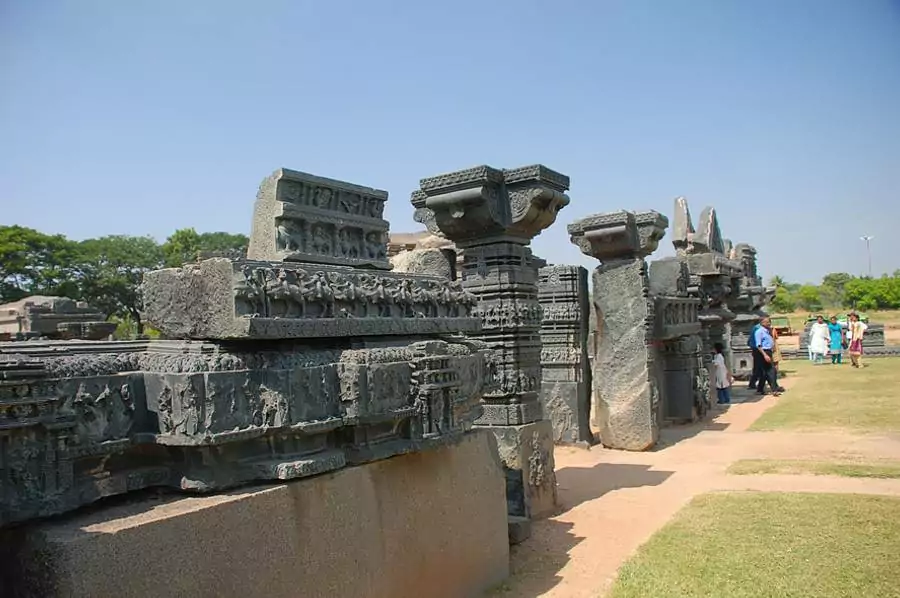
Warangal, with its rich history dating back to the Kakatiya dynasty, holds historical significance. The Warangal Fort, Thousand Pillar Temple, and the Ramappa Temple are architectural marvels reflecting the grandeur of the Kakatiya era. The city’s historical and cultural heritage fascinates history enthusiasts.
Nagarjuna Sagar: The Scenic Reservoir

Nagarjuna Sagar, a massive dam on the Krishna River, is known for its scenic beauty and historical significance. The reservoir, surrounded by lush green hills, offers picturesque views and boating opportunities. The Nagarjuna Konda island, with its ancient Buddhist relics, adds a historical dimension to this beautiful location.
Unique Experiences in South India
South India offers a plethora of unique experiences catering to diverse interests. From wildlife safaris in national parks to exploring ancient ruins and enjoying Ayurvedic treatments, there is something for everyone.
Cultural Festivals and Events
South India showcases its vibrant cultural festivals and events, highlighting its rich traditions and heritage. Tamil Nadu celebrates the Pongal festival with great enthusiasm, Kerala bursts with excitement during Onam, and Mysore dazzles with its Dussehra festivities, offering a captivating glimpse into the region’s cultural vibrancy.
Cuisine and Culinary Delights
The cuisine of South India is as diverse as its landscapes. From the spicy Chettinad cuisine of Tamil Nadu to the seafood delicacies of Kerala and the Hyderabadi biryani of Telangana, the culinary delights of South India are sure to tantalize your taste buds. Each state has its own unique flavors and specialties, making it a food lover’s paradise.
Travel Tips for South India
Traveling in South India can be a delightful experience with a few handy tips. It is advisable to visit during the cooler months from November to February. Light cotton clothing, sunscreen, and comfortable footwear are essential. While English is widely spoken, learning a few local phrases can enhance your travel experience. Respect local customs and traditions, and always seek permission before taking photographs of people or religious sites.
Conclusion
South India, with its diverse attractions and rich cultural heritage, offers a unique and unforgettable travel experience. Whether you are exploring the tranquil backwaters of Kerala, marveling at the ancient temples of Tamil Nadu, or enjoying the vibrant city life of Bangalore, South India promises to leave you with cherished memories. Its blend of natural beauty, historical landmarks, and warm hospitality makes it a destination worth visiting.
FAQs
What are the best tourist places in South India?
Some of the best tourist places in South India include the backwaters of Alleppey, Munnar, Wayanad, Chennai, Mahabalipuram, Kanyakumari, Pondicherry, Bangalore, Mysore, Hampi, Coorg, Visakhapatnam, Tirupati, Araku Valley, Hyderabad, Warangal, and Nagarjuna Sagar.
When is the best time to visit South India?
The best time to visit South India is from November to February when the weather is cooler and more pleasant.
What are the must-try dishes in South India?
Must-try dishes in South India include dosa, idli, sambar, Hyderabadi biryani, Chettinad chicken, appam with stew, and seafood specialties from Kerala.
How can I experience the local culture in South India?
Experiencing local culture in South India can be done by participating in festivals, visiting traditional markets, exploring ancient temples, and trying local cuisine.
What are the popular cultural festivals in South India?
Popular cultural festivals in South India include Pongal, Onam, Mysore Dussehra, and Ugadi.
Are there any unique experiences to try in South India?
Yes, unique experiences in South India include houseboat cruises in the Kerala backwaters, wildlife safaris in national parks, exploring ancient ruins in Hampi, and enjoying Ayurvedic treatments.

